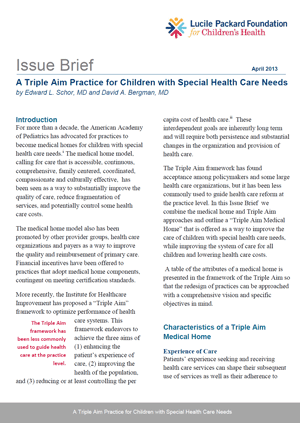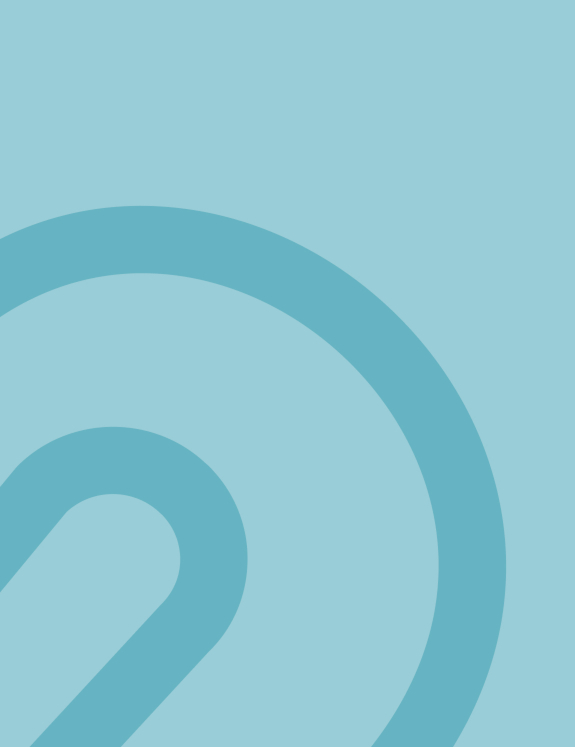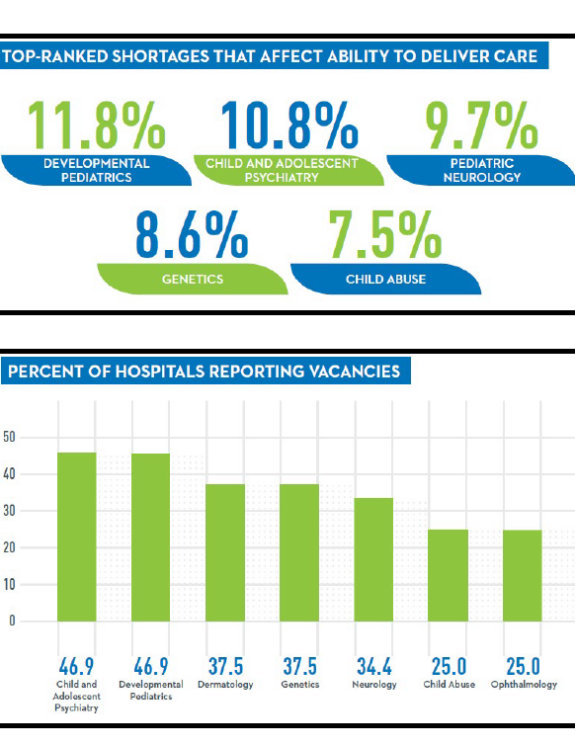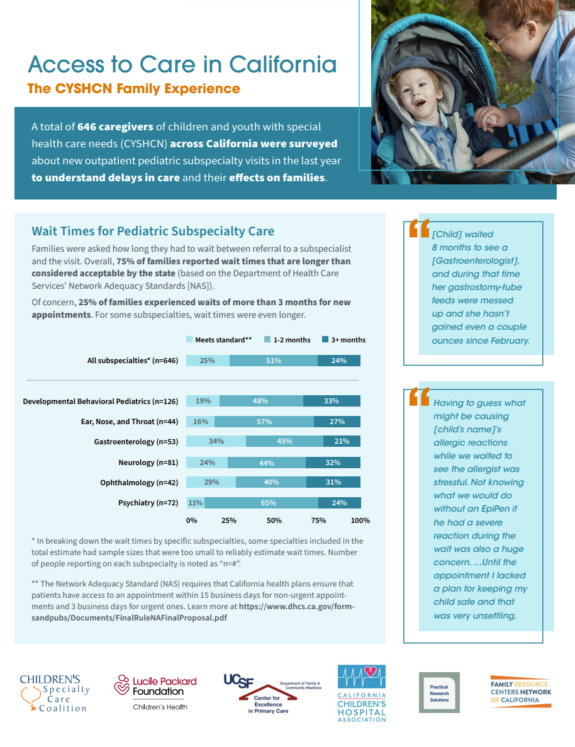For more than a decade, the American Academy of Pediatrics has advocated for practices to become medical homes for children with special health care needs. The medical home model has been seen as a way to substantially improve the quality of care, reduce fragmentation of services, and potentially control some health care costs.
More recently, the Institute for Healthcare Improvement has proposed a “Triple Aim” framework to optimize performance of health care systems. This framework endeavors to achieve the three aims of (1) enhancing the patient’s experience of care, (2) improving the health of the population, and (3) reducing or at least controlling the per capita cost of health care.
In this Issue Brief the authors combine the medical home and Triple Aim approaches and outline a “Triple Aim Medical Home” that is offered as a way to improve the care of children with special health care needs, while improving the system of care for all children and lowering health care costs.
Medical homes, in their idealized form, provide the framework for pediatric primary care practices to contribute to a more efficient and effective health care system. Yet medical homes lack the overarching framework provided by the Triple Aim. In this paper many of the attributes of medical home have been organized in table form to conform to the Triple Aim framework, with the goal of better allowing practice transformation.



